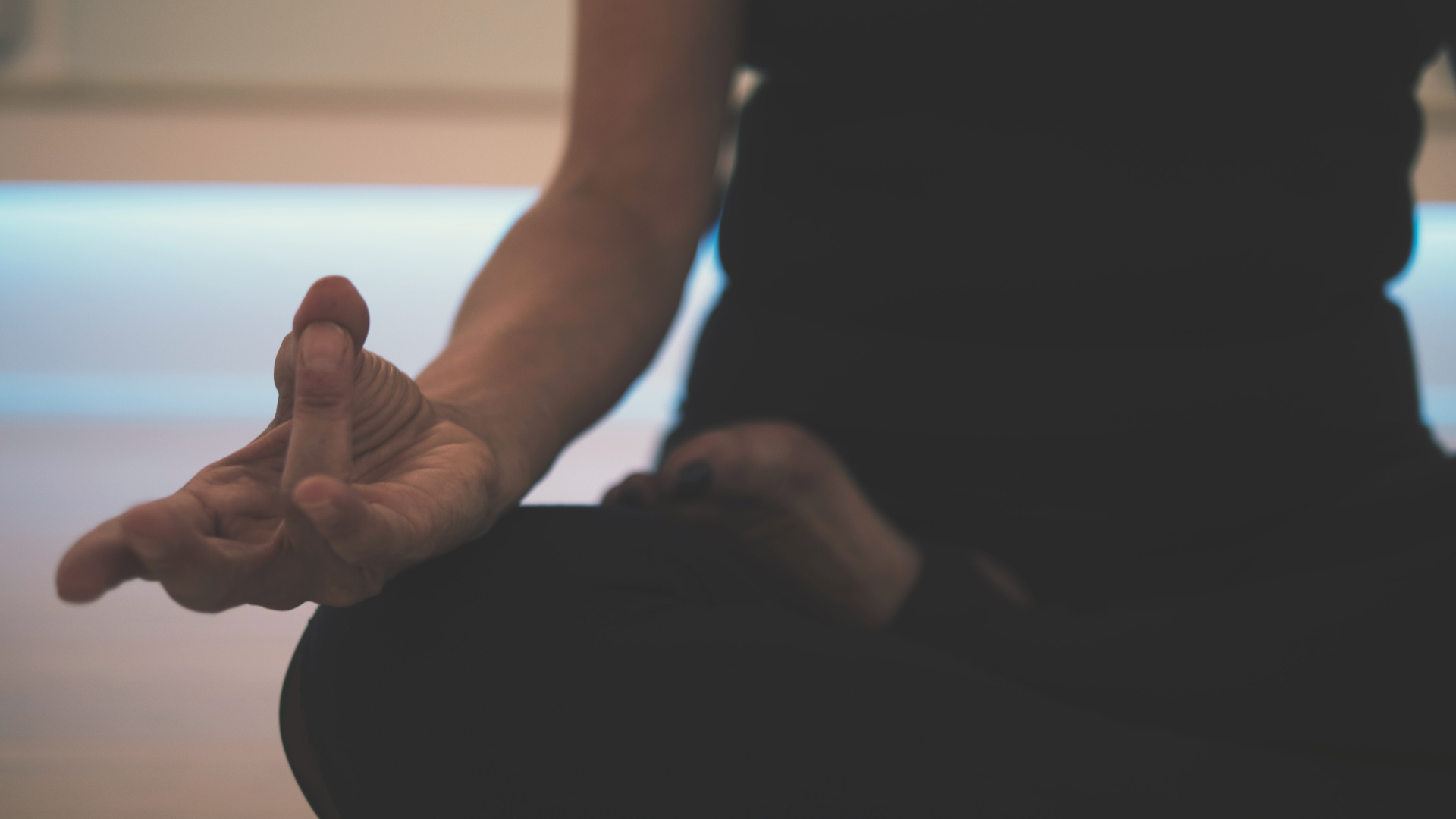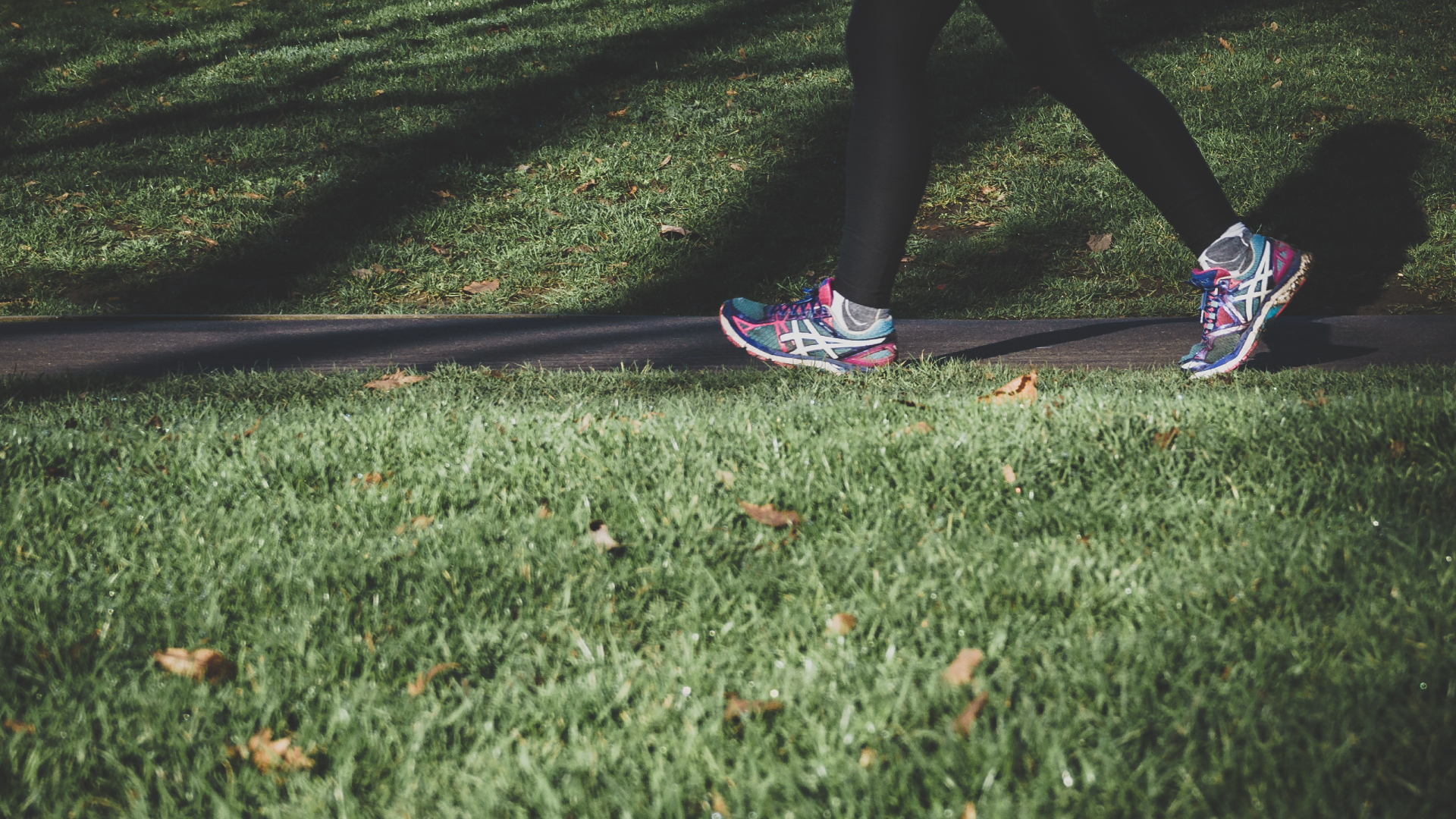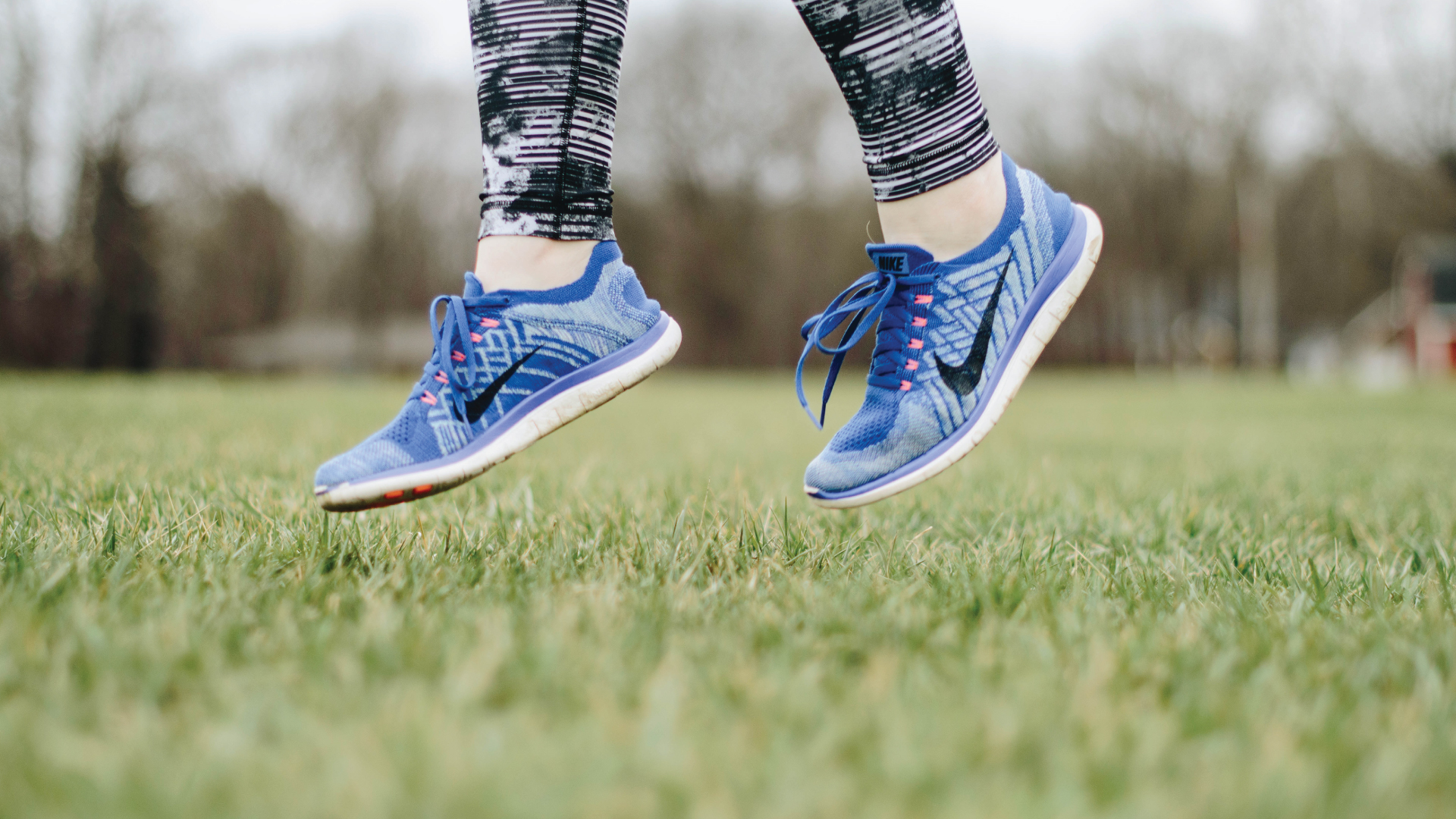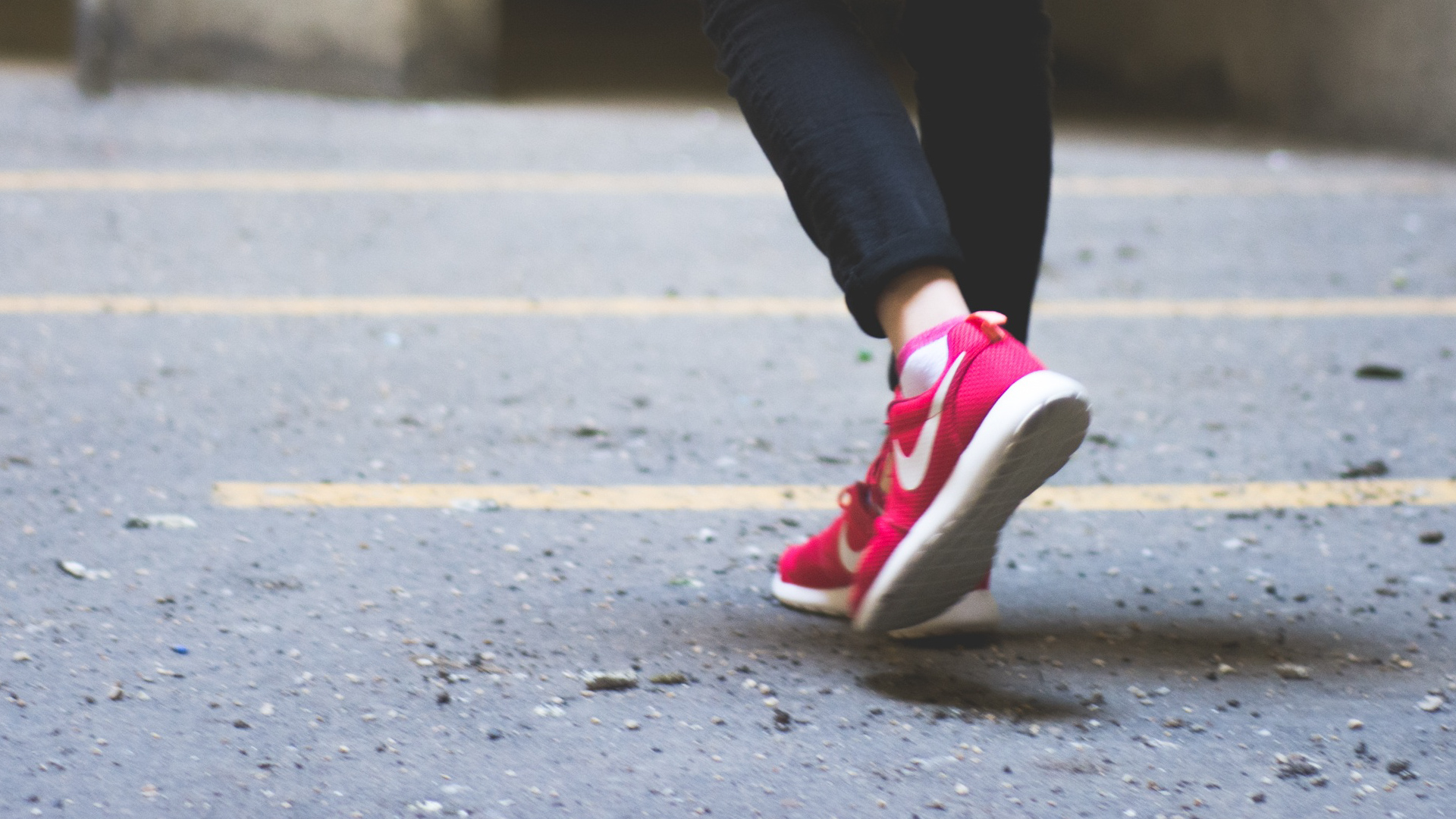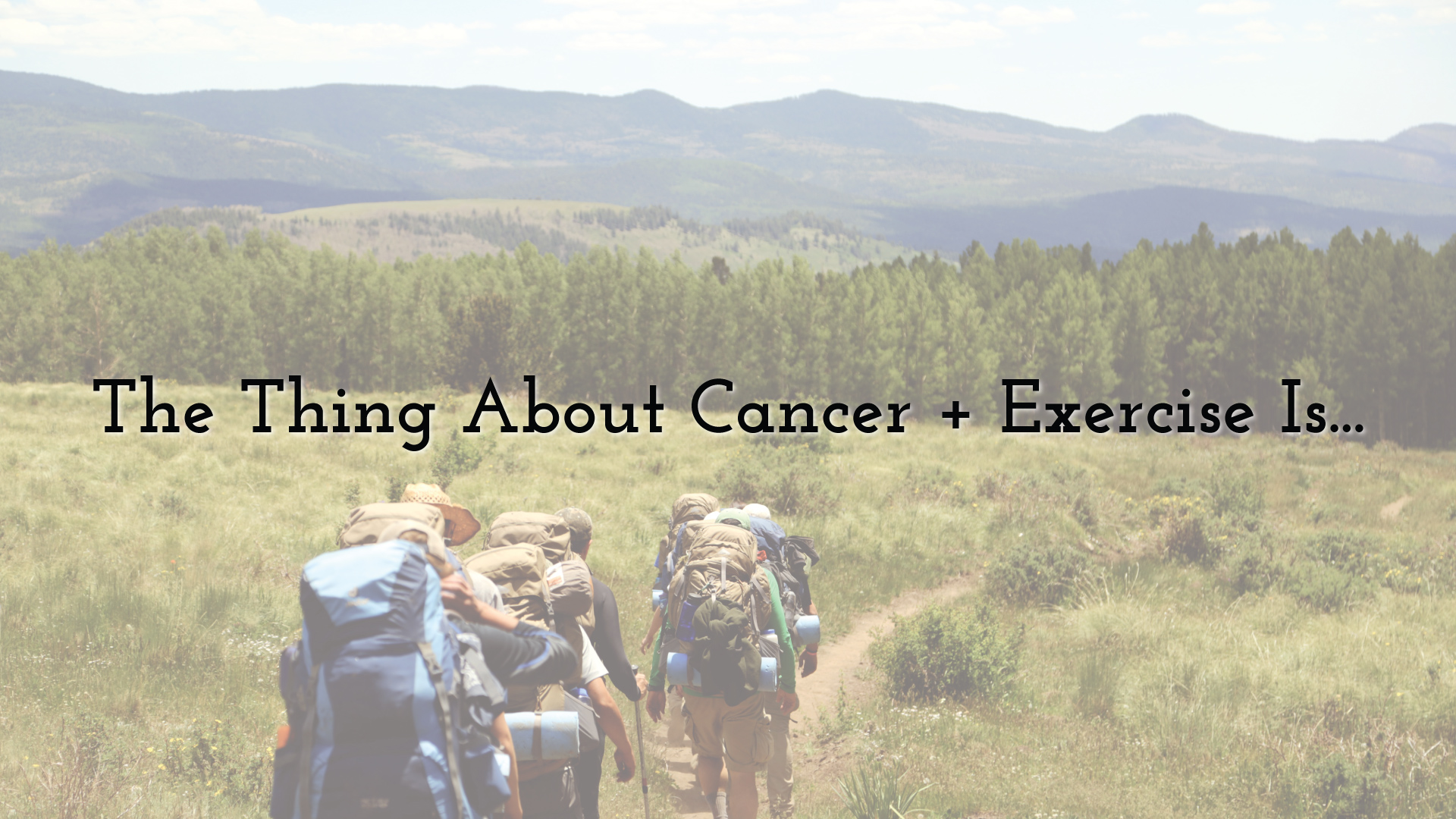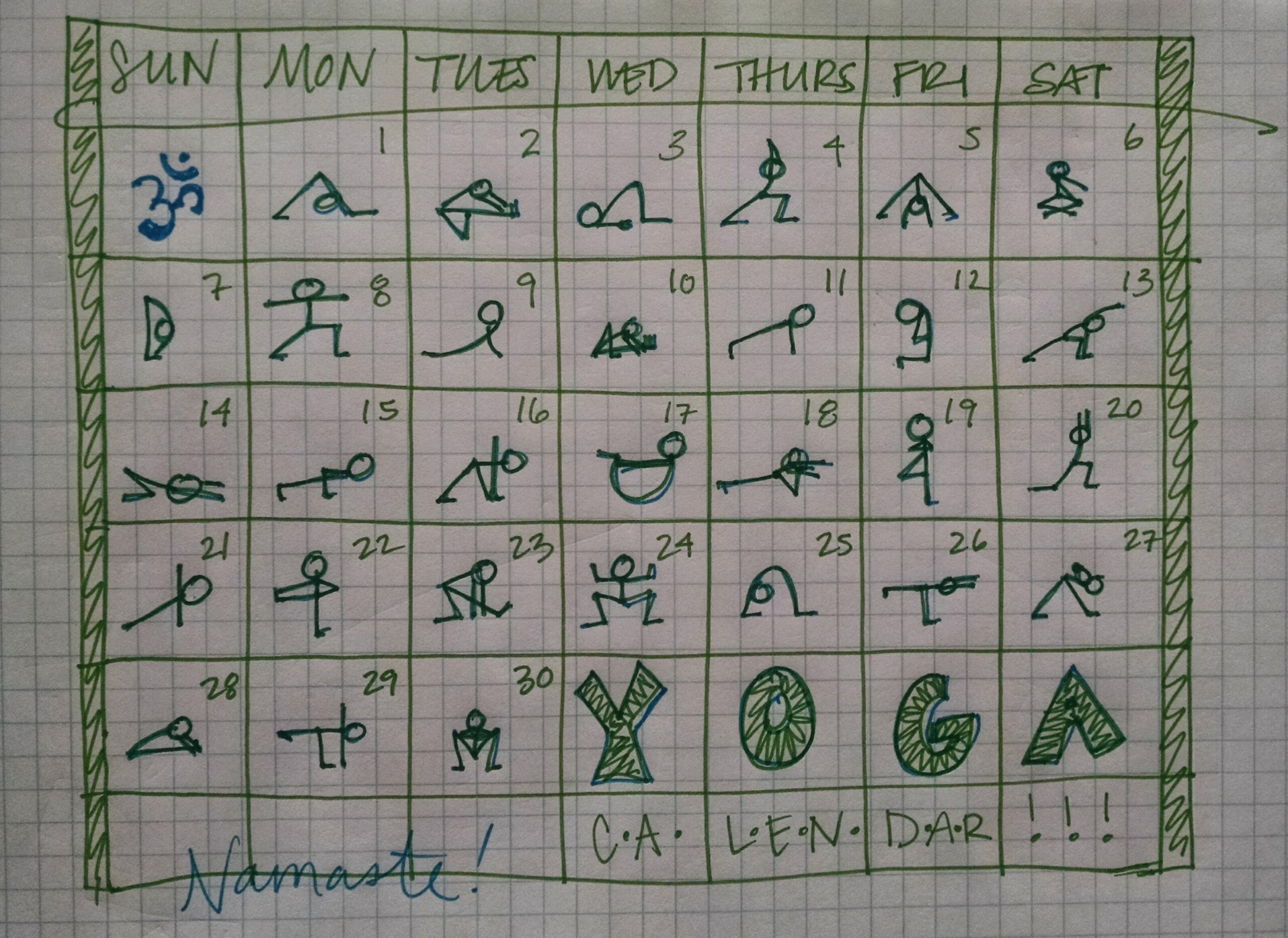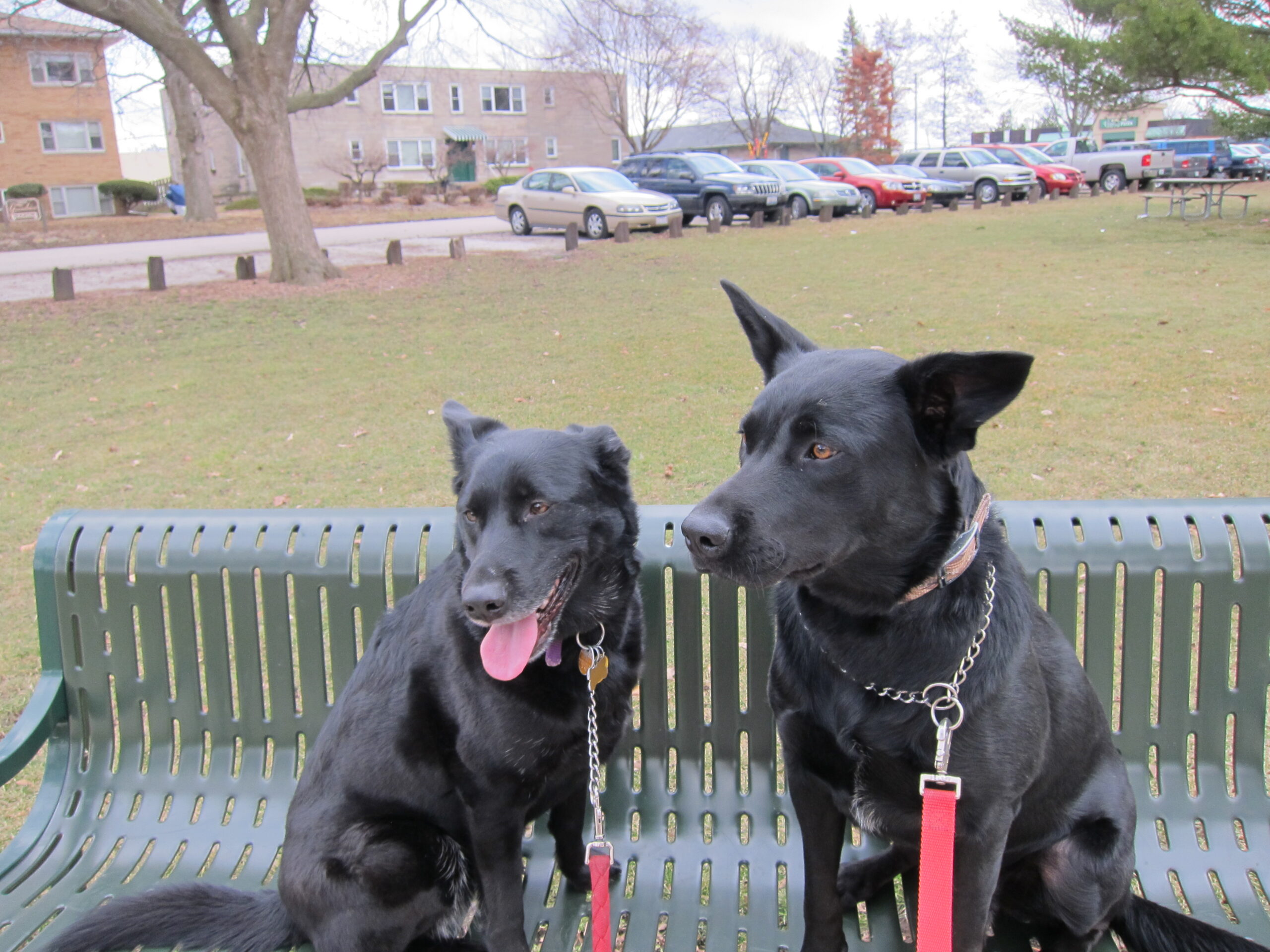Join the young adult cancer communities of Dear Jack Foundation, Elephants and Tea, and Lacuna Loft during our month-long, Mind, Body, and Soul wellness series in October for an opportunity to connect, grow, and stretch! We will be offering weekly, 90-minute sessions to help enhance the mind, body, and spirit and provide a chance to break down some of the isolation we’ve all been experiencing over the last few weeks. Whether you are a seasoned yogi, meditator, doodle genius, or a newbie to the world of mind and body care, come and try something new in a safe, fun, and encouraging environment – your own home!
These classes will be free and hosted through Zoom and all experience levels are welcome! You can come to one or come to all! Sign up on the form below!
Schedule
All classes will start at 9 am PT/10 am MT/noon ET
Friday, October 9th – Soul, Zentangle with Lacuna Loft
Friday, October 16th – Body, Yoga with Dear Jack Foundation
Friday, October 23rd – Mind, Meditation with Elephants and Tea
Friday, October 30th – Halloween Mind, Body, and Soul Series Hangout
Want to learn more about each session in the Mind, Body, and Soul Series?
10.9 – Soul – Zentangle Workshop with Lacuna Loft
Join us for a short Zentangle doodle! Zentangles are the art of drawing simple shapes into repetitive, meditative patterns while creating a larger drawing, without having to worry about precision. All you’ll need is paper, a pencil, a thin black sharpie, a regular black sharpie, and a ruler! We’ll walk you through the basics, so you can then create your own, one of a kind, uniquely you Zentangle!
10.16 – Body – Yoga with Dear Jack Foundation
Let’s join together as an online commUNITY with a Slow Flow Yoga class. Yoga means union of the physical body through breath. That begins the journey inward where we can access the spirit, soul, and center of wisdom and bliss. We will take careful notice of the physical body and then connect intentionally with the breath that sustains and gives us a sense of ease. After settling in, the body will flow freely on the mat through a series of poses that will provide flexibility, strength, and connection to our true nature. We will end class with a short meditation to further develop mindfulness. This class is for everyone – all skill levels are welcome!
10.23 – Mind – Meditation with Elephants and Tea
This Meditation Session will introduce the participant to breathe and body sensing in order to tune-in and relax the mind and body. The session will be approximately 30 – 40 minutes. Participants will learn about how meditation can help reduce stress. At the end of the session, participants will be given the opportunity to ask questions of the teacher.
Angie is a Level II iRest Yoga Nidra Meditation Teacher.
10.30 – Halloween Hangout
Join Dear Jack Foundation, Elephants and Tea, and Lacuna Loft for the wrap up to our Mind, Body, Soul Digital Series in a fun and informal Happy Hour Hangout! We’ll talk about your overall month, any skills you learned during the month during the sessions, favorite moments, and opportunities for us to improve your experience. Hangout with other people who understand what it’s like to go through young adult cancer and costumes will be encouraged!



